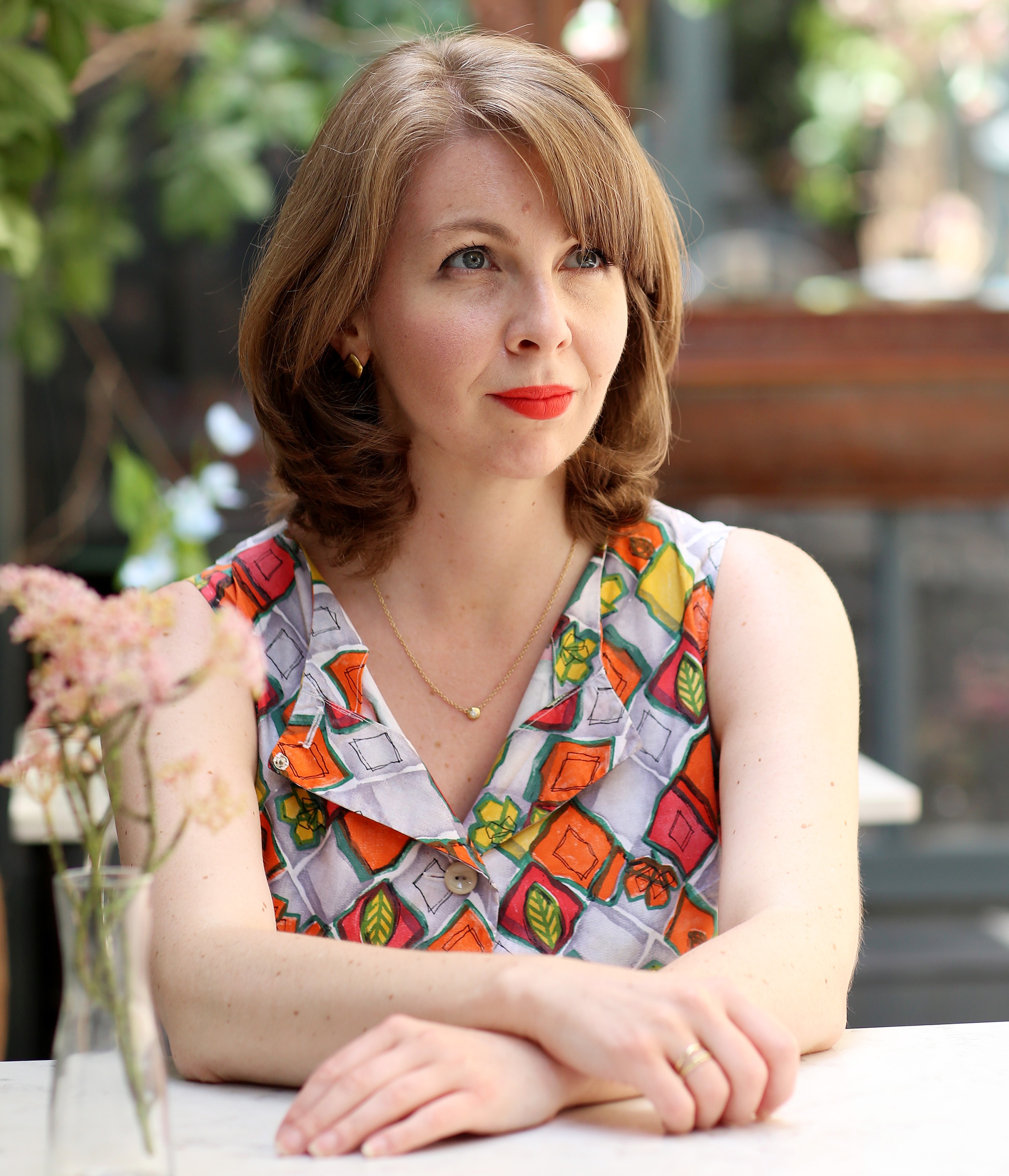How the Suffragettes won the battle for the vote – and paved the way for universal suffrage in Britain
It's 100 years this week since women in Britain first won the right to vote. Emma Hughes picks out the key steps which led to the success of the Suffrage movement.

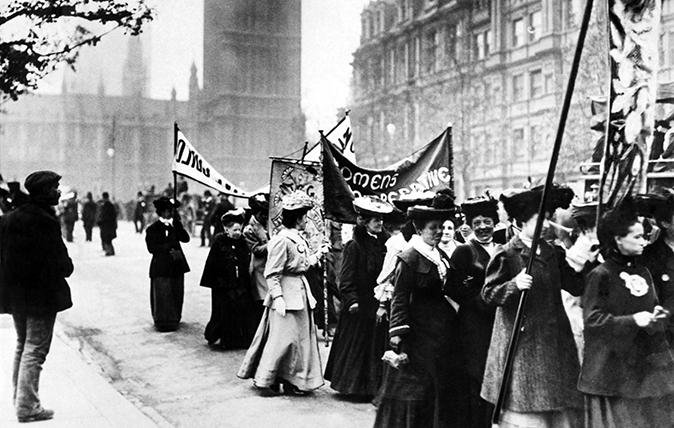
1832
The first petition demanding women be given the vote is presented to parliament by Henry Hunt MP on behalf of Mary Smith of Stanmore, Yorkshire.
1866
Another petition is presented unsuccessfully to parliament by John Stuart Mill. A year later, after a third fails to pass, the Manchester National Society for Women’s Suffrage is set up by Lydia Becker, an amateur botanist who worked with Charles Darwin. Similar societies begin forming around the country.
1897
Millicent Garrett Fawcett, co-founder of Newnham College, Cambridge, is instrumental in setting up the National Union of Women’s Suffrage Societies (NUWSS).
1903
After losing patience with the diplomatic approach of the NUWSS, Emmeline Pankhurst breaks away and forms the more radical Women’s Social and Political Union (WSPU).
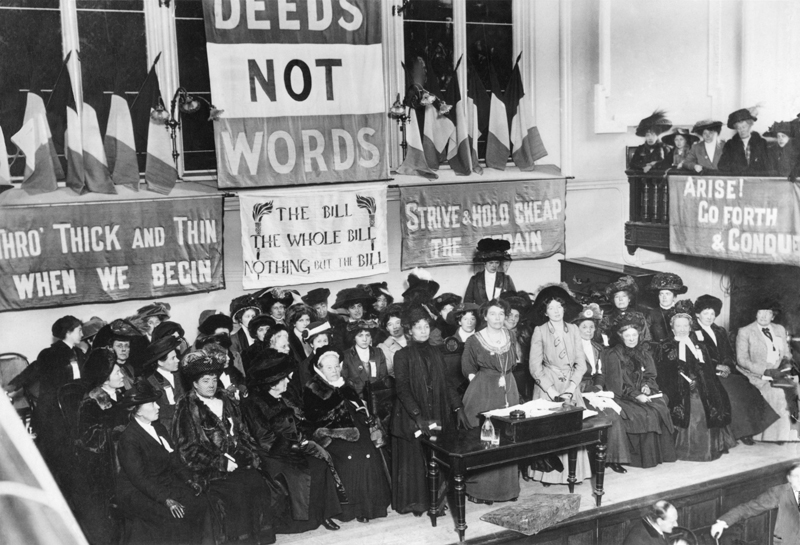
1906
The term ‘suffragette’ appears in print for the first time.
1909
Marion Wallace Dunlop becomes the first suffragette to go on hunger strike in prison. Force-feeding quickly becomes a widespread practice.
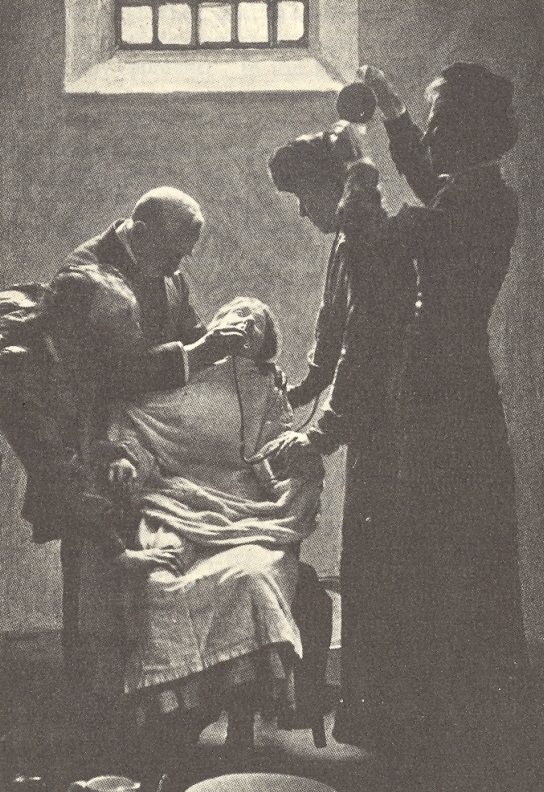
1910
‘Black Friday’ protests break out in response to the Conciliation Bill, which would have permitted some women to vote, stalling in parliament.
Exquisite houses, the beauty of Nature, and how to get the most from your life, straight to your inbox.
1912
The Parliamentary Franchise (Women) Bill is narrowly defeated in parliament. Widespread unrest follows.
1913
WSPU member Emily Wilding Davison steps in front of the King’s horse Anmer at Epsom, dying of her injuries. Tens of thousands line the streets on the day of her funeral.
1914
As the First World War breaks out, suffragists and suffragettes pause campaigning in order to support the war effort.
1918
The Representation of the People Act, which gave women of property over the age of 30 the right to vote, gains Royal Assent on 6 February. The first General Election in which that right is exercised comes just over 10 months later, on December 14.
1928
Universal and suffrage for all men and women aged 21 and over finally passes into law, with no property qualification necessary. Even still, there were anomalies. It would be a further 20 years before plural voting was banned, with the abolition of the university constituencies and the extra vote for those who lived in one constituency but owned property in another.

Credit: Alamy Stock Photo
Emmeline Pankhurst or Millicent Fawcett? Battle over Westminster Suffragette statues
Two sister campaigns, both petitioning for a statue of a prominent female figure to be installed near the Houses of
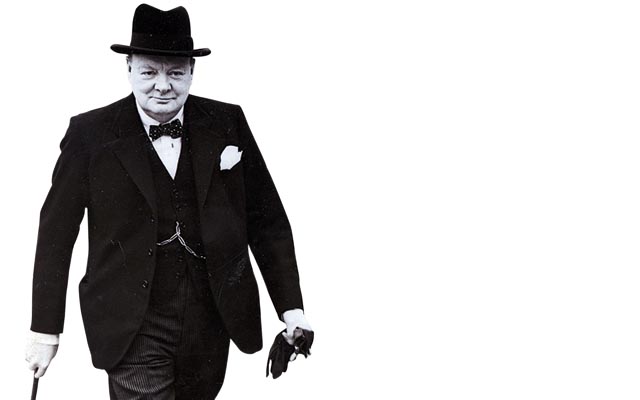
The day the world mourned Sir Winston Churchill
Clive Aslet recounts a day everything was done properly.
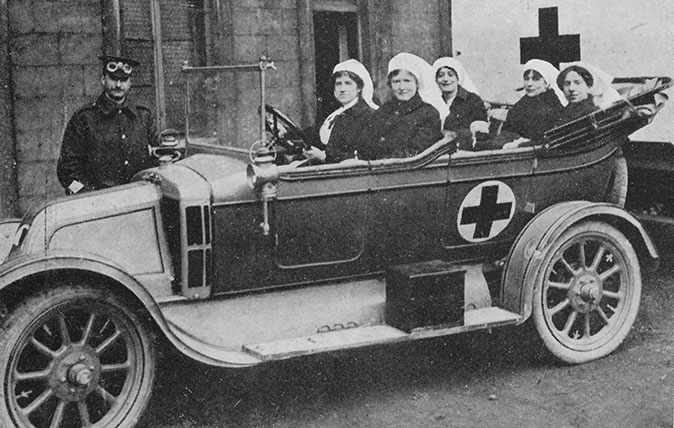
16 fascinating pictures showing life in 1918, from the Country Life Picture Library
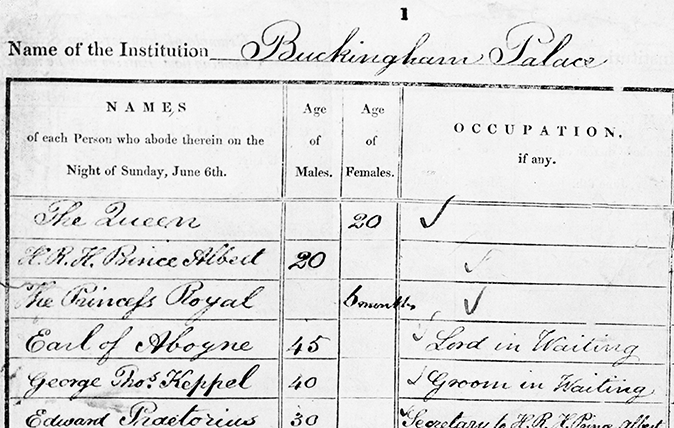
Seven fascinating things we just learned about the Census
Ysenda Maxtone Graham is riveted by the facts and figures revealed in this engaging history of the Census.
Emma Hughes lives in London and has spent the past 15 years writing for publications including the Guardian, the Telegraph, the Evening Standard, Waitrose Food, British Vogue and Condé Nast Traveller. Currently Country Life's Acting Assistant Features Editor and its London Life restaurant columnist, if she isn't tapping away at a keyboard she's probably taking something out of the oven (or eating it).

